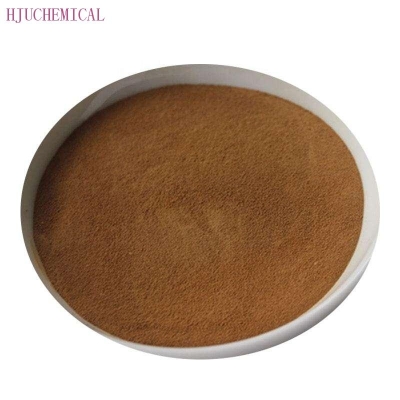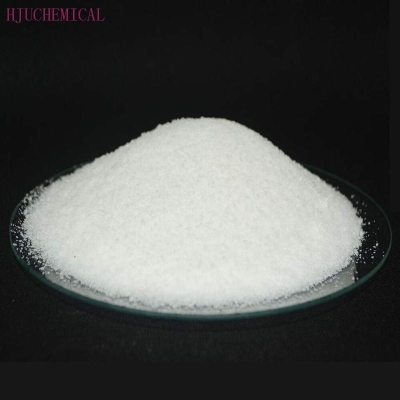-
Categories
-
Pharmaceutical Intermediates
-
Active Pharmaceutical Ingredients
-
Food Additives
- Industrial Coatings
- Agrochemicals
- Dyes and Pigments
- Surfactant
- Flavors and Fragrances
- Chemical Reagents
- Catalyst and Auxiliary
- Natural Products
- Inorganic Chemistry
-
Organic Chemistry
-
Biochemical Engineering
- Analytical Chemistry
- Cosmetic Ingredient
-
Pharmaceutical Intermediates
Promotion
ECHEMI Mall
Wholesale
Weekly Price
Exhibition
News
-
Trade Service
The chemical industry is a vast and complex sector that involves the production of a wide range of chemical products.
One of the key considerations in the production of chemicals is the concept of upstream and downstream products.
In the context of the chemical industry, upstream products are the raw materials that are used to produce the final product, while downstream products are the finished products that are produced using the raw materials.
In this article, we will focus on the upstream and downstream products of Setipiprant, a commonly used chemical in the industry.
Setipiprant is a type of chemical known as a phthalic acid ester.
It is commonly used as an intermediate in the production of a variety of chemicals and consumer products.
Setipiprant can be produced through a number of different chemical reactions, but the most common method involves the reaction of diethyl phthalate with formaldehyde.
The resulting product is then purified and processed to produce the final Setipiprant product.
The upstream products for Setipiprant include the raw materials that are used in the production process.
These raw materials include diethyl phthalate, formaldehyde, and other chemicals that are used as catalysts or reagents in the reaction.
These raw materials must be carefully sourced and stored to ensure that they meet the necessary purity and quality standards for the production of Setipiprant.
Once the raw materials have been obtained, they are processed and transformed into the intermediate product, which is then purified and processed to produce the final Setipiprant product.
This process involves a number of different steps, including distillation, crystallization, and filtration.
Each of these steps requires the use of specific equipment and techniques to ensure that the final product meets the necessary purity and quality standards.
The downstream products of Setipiprant are the finished chemicals and consumer products that are produced using the final Setipiprant product as an intermediate.
These products can include a wide range of chemicals and consumer goods, such as plastics, fragrances, dyes, and personal care products.
The specific downstream products will depend on the intended use of the Setipiprant product and the specific production process being used.
One of the key benefits of the upstream-downstream approach is that it allows chemical companies to optimize their production processes and reduce waste.
By carefully managing the supply chain and production process, companies can minimize the waste and inefficiencies that can occur in the production of chemicals.
They can also improve the quality and purity of the final product, which can reduce the need for further processing or purification steps.
In the case of Setipiprant, the upstream and downstream products provide a critical link in the production of a wide range of chemicals and consumer products.
By understanding the production process and the specific requirements of the final product, companies can optimize their production processes and ensure that they are producing high-quality products that meet the needs of their customers.
In conclusion, the upstream and downstream products of Setipiprant are a critical part of the chemical production process.
By understanding the production process and the specific requirements of the final product, companies can optimize their production processes and reduce waste, while also ensuring that they are producing high-quality products that meet the needs of their customers.
The upstream-downstream approach is an essential tool for chemical companies looking to improve their production processes and remain competitive in the ever-evolving chemical industry.







